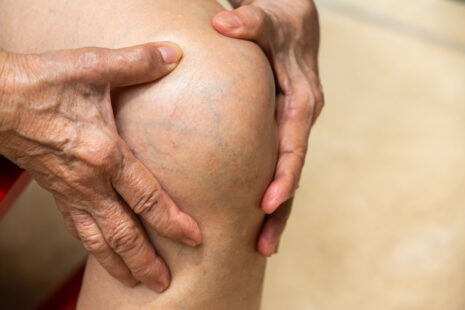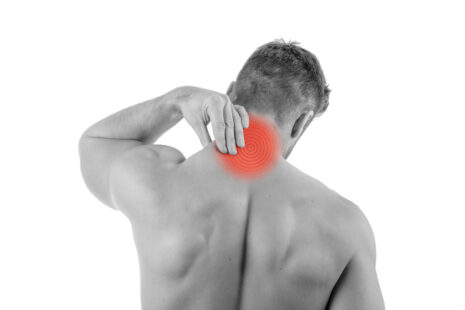Healing a torn rotator cuff naturally involves a combination of rest, gentle exercises, pain management, and lifestyle modifications. While severe tears may require medical intervention, mild to moderate tears can often be managed effectively at home with natural remedies.
Here are some steps to help facilitate the natural healing process of a torn rotator cuff…
- Rest – Give your shoulder adequate rest to allow the torn tissues to heal. Avoid activities that exacerbate pain or strain the shoulder joint, such as heavy lifting, overhead movements, or repetitive motions.
- Ice Therapy – Apply ice packs to the affected shoulder for 15-20 minutes several times a day to reduce pain and inflammation. Wrap the ice pack in a cloth to protect your skin and avoid direct contact with the ice.
- Heat Therapy – After the initial acute phase (typically 48-72 hours), consider using heat therapy to promote blood circulation and relaxation of the muscles. Apply a warm compress or take a warm shower to soothe the shoulder joint.
- Pain Management – Over-the-counter pain relievers such as ibuprofen (Advil, Motrin) or acetaminophen (Tylenol) can help alleviate pain and discomfort associated with a torn rotator cuff. Follow the recommended dosage instructions and consult with a healthcare professional if you have any concerns.
- Gentle Exercises – Perform gentle range-of-motion exercises and stretching exercises to maintain flexibility and prevent stiffness in the shoulder joint. Start with gentle movements and gradually progress as tolerated. Avoid exercises that cause pain or discomfort.
- Strengthening Exercises – Once pain and inflammation have subsided, incorporate strengthening exercises to improve the stability and function of the shoulder joint. Focus on exercises that target the muscles of the rotator cuff, such as internal and external rotation exercises, shoulder abduction and adduction, and scapular stabilization exercises.
- Posture Correction – Pay attention to your posture and avoid slouching or hunching forward, as poor posture can exacerbate shoulder pain and strain. Practice good ergonomics and maintain proper alignment of the spine and shoulders during daily activities.
- Nutrition and Hydration – Maintain a balanced diet rich in anti-inflammatory foods such as fruits, vegetables, lean proteins, and healthy fats. Stay hydrated by drinking plenty of water to support the body’s natural healing processes.
- Avoid Overuse – Be mindful of overusing the affected shoulder and engaging in activities that may aggravate the injury. Modify your daily activities and use assistive devices or ergonomic aids as needed to minimize strain on the shoulder joint.
- Seek Professional Guidance – If your symptoms persist or worsen despite conservative measures, consult with a healthcare professional for further evaluation and guidance. They may recommend physical therapy, corticosteroid injections, or other treatments to facilitate healing and alleviate symptoms.
It’s necessary to listen to your body and progress gradually with any exercises or activities. If you experience severe pain, swelling, or loss of function in the shoulder joint, seek medical attention promptly for proper diagnosis and treatment.



